
Indian rescuers struggle to pump out water from flooded mine


The slow progress in the rescue efforts in the northeastern state of Meghalaya has been contrasted with the dramatic rescue of 12 Thai boys and their football coach from a flooded cave in July last year, which drew a massive international audience.
The mine became flooded after at least 15 miners went down the narrow pit on Dec. 13. Rat-hole mines killed thousands of workers in Meghalaya before India's environmental court banned the practice in early 2014.
Many mines continued operation, despite the ban, requiring workers, often children, to descend hundreds of feet on bamboo ladders and dig coal out of narrow, horizontal seams.
"We are continuously engaged in our efforts but the terrain and conditions out here are extremely difficult," Santosh Kumar Singh, an assistant commandant with the National Disaster Response Force (NDRF), told Reuters from the site.
Navy divers and NDRF personnel had not been able to reach the trapped miners, he said.
Rescuers are now placing their hopes on a huge pump from state miner Coal India Ltd that is being installed on a concrete platform near the mine.
India's Supreme Court on Friday ordered the federal government and Meghalaya to file a report by Monday on the rescue operation. Meghalaya told the court on Thursday that nearly 86 people had been working on the rescue effort.
At its peak, the state produced coal worth $4 billion a year, or about a tenth of India's total production.
While the Thailand drama got round-the-clock international media coverage, the trapped miners in Meghalaya are getting very little attention, even within India.
"Whole media, government and us, the common people, have completely ignored them," one Twitter user, Rahul Sribastab, wrote. "The government, opposition and media have failed us."


Caterpillar sees US tariff hit of up to $1.5 billion this year

Australia pledges $87M to rescue Trafigura’s Nyrstar smelters in critical minerals push

SAIL Bhilai Steel relies on Danieli proprietary technology to expand plate mill portfolio to higher steel grades
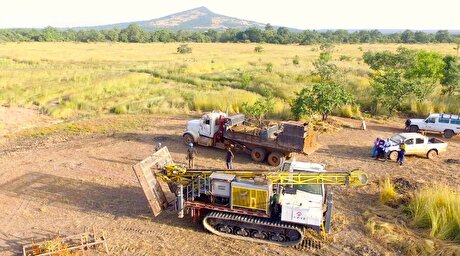
Fortuna rises on improved resource estimate for Senegal gold project

Alba Discloses its Financial Results for the Second Quarter and H1 of 2025
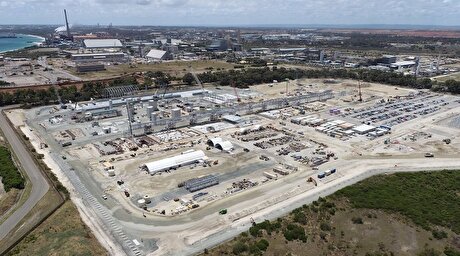
Tianqi Lithium Australia JV says it is prioritizing long-term viability of refinery

Fresnillo lifts gold forecast on strong first-half surge

Copper price slips as unwinding of tariff trade boosts LME stockpiles

Why did copper escape US tariffs when aluminum did not?

Gold exploration spend trending down despite higher prices – S&P Global

A global market based on gold bars shudders on tariff threat
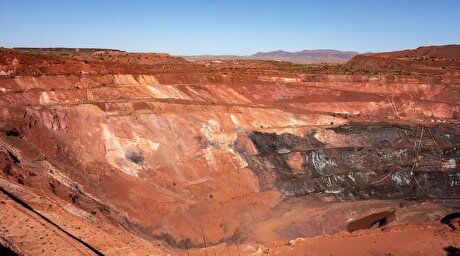
New research reveals source of world’s richest lithium deposits

Century Aluminum to invest $50M in Mt. Holly smelter restart in South Carolina
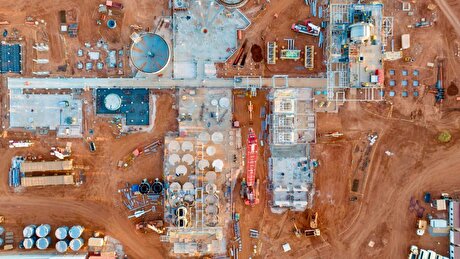
Australia to invest $33 million to boost Liontown’s Kathleen lithium operations
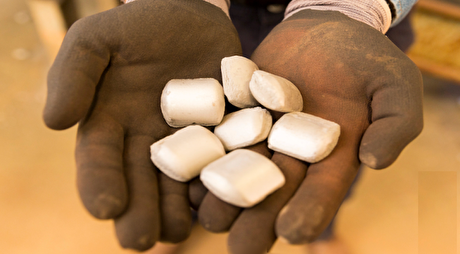
Glencore warns of cobalt surplus amid DRC export ban
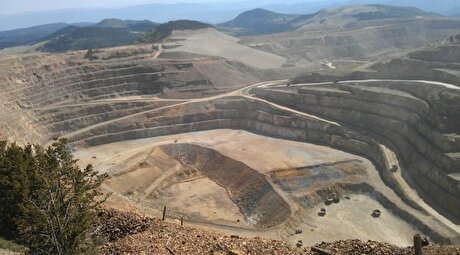
SSR Mining soars on Q2 earnings beat

A Danieli greenfield project for competitive, quality rebar production

China limits supply of critical minerals to US defense sector: WSJ

Alba Hits 38 Million Safe Working Hours Without LTI

Gold exploration spend trending down despite higher prices – S&P Global

A global market based on gold bars shudders on tariff threat

Century Aluminum to invest $50M in Mt. Holly smelter restart in South Carolina

Australia to invest $33 million to boost Liontown’s Kathleen lithium operations

Glencore warns of cobalt surplus amid DRC export ban

SSR Mining soars on Q2 earnings beat

A Danieli greenfield project for competitive, quality rebar production

China limits supply of critical minerals to US defense sector: WSJ

Alba Hits 38 Million Safe Working Hours Without LTI














